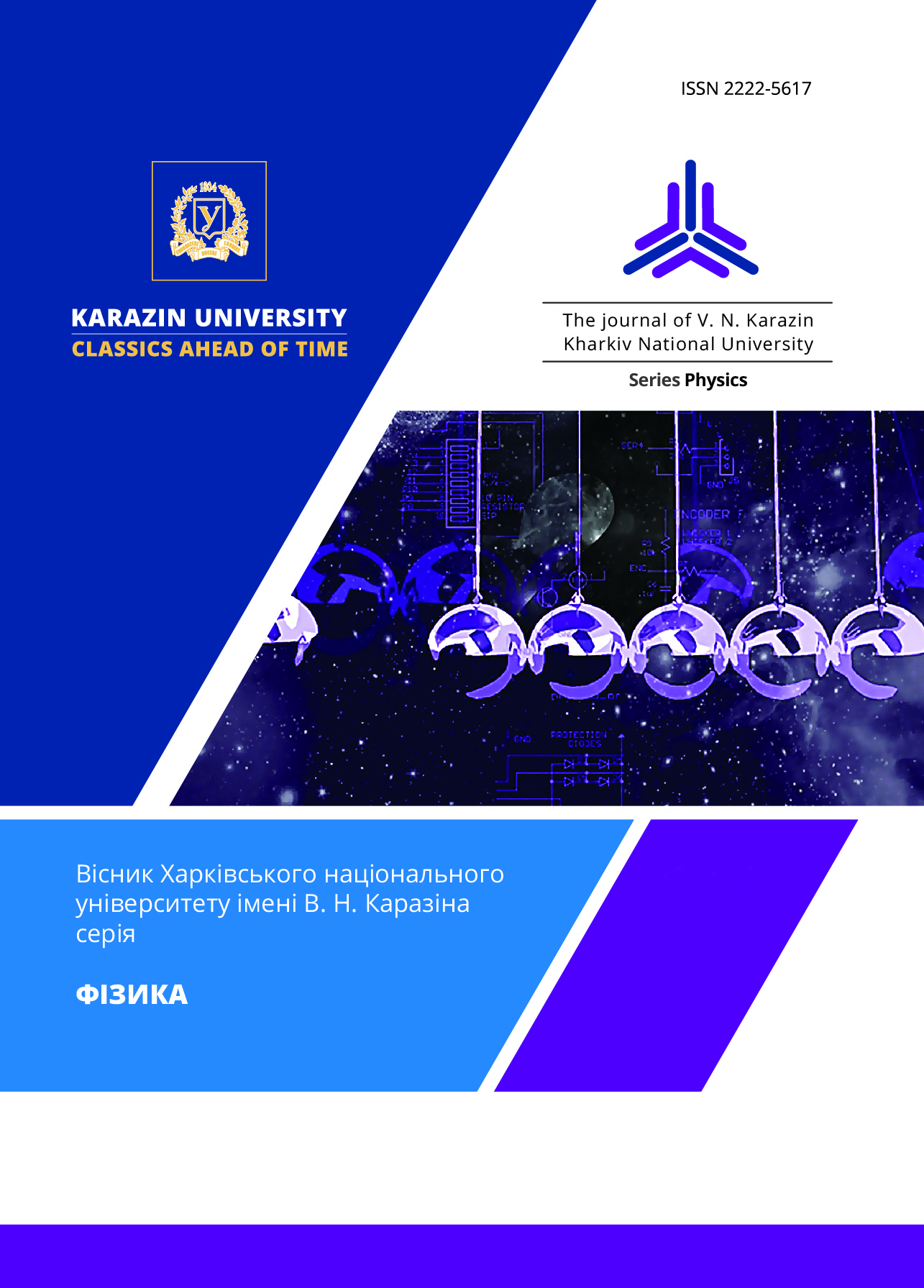Study of mechanisms of crack formation on tungsten composites using the three-point method
Abstract
The aim of this study was evaluated the ductile-to-brittle transition temperature (DBTT) and microstructure of miniaturized
tungsten composites by three point bending method. Tungsten and tungsten composites are the best technical materials candidates for
the manufacture of a diverter in the future fusion reactor ITER (International Thermonuclear Experimental Reactor). Because tungsten
has the highest melting point off all metals, it is candidate for plasma-facing materials. The ITER plasma temperatures to between 150
and 300 million °C, so it is important to study the effect of temperature on materials.
The effect of temperature on the mechanical properties of tungsten composites was studied by performing a number of three point
bending tests at different temperatures (100-600 С). Three different types of materials were assessed: first one – IGP commercial pure
tungsten (W > 99,97%), grades produced according to International Thermonuclear Experimental Reactor specifications in Europe
and China and two laboratory types W - 0.5%ZnC, W - 2%Y2O3. The resulting DBTT ranges depending on the type of material,
grain orientation affects and rolled. The IGP and W - 0.5%ZnC were rolled and tested in two different orientations of grains (L and
T): WZC_L, WZC_T, IGP_L, IGP_T. It is shown that the temperature transition from brittle to plastic fracture occurs sharply for
composites WZC_L (120-180 ° C) and IGP_L (160-180 ° C), slower for WZC_T (260-380 ° C) and (350-500 °C). The yield stress
decrease linearly with temperature. The materials tested in the L- orientation of the grains have a higher elasticity and better strength
characteristics. There are two types of fracture researched in work. After the crack has initiated in a metal it grows through the grains,
which is called transgranular fracture (WZC_L, WZC_T, IGP_L, IGP_T), or along the grain boundaries, known as intergranular
fracture (W-YO), or by a combination of transgranular and intergranular fracture (WZC_L, WZC_T, IGP_T).
Downloads
References
2. T. P. Garcia. Microstructural and Mechanical
Characterization of Tungsten based Materials for
Fusion Reactors (2015).
3. C. Yin. Int. J. Refract. Met. Hard Mater., 153, (2018),
https://doi.org/10.1016/j.ijrmhm.2018.04.003
4. Y. Hiraoka. Materials Transactions, 46, 7, 1663 (2005).
5. В. А. Косенко, Н. Ф. Кущевська та ін.
Матеріалознавство та матеріали у харчовій
промисловості, Університет «Україна», K. (2017),
298 с.
6. П.П. Костин. Фізико-механічні випробування
металів, сплавів та неметалічних матеріалів,
Машинобудування, М. (1990), 256 с.
7. V. Karthik. CRC Press (2017). https://doi.
org/10.1201/9781315372051
8. S. S. Sutar, G. Sharad Kale Engg, H. Sharad vaste
Engg. IJIERT. 1, 1, (2014).
9. Мильніков О.В. Опір матеріалів. ТНТУ , Т. (2010),
257с.
10. https://nptel.ac.in/courses/101104010/lecture39/39_6.
html
11. https://www.tf.unikiel.de/matwis/amat/iss/kap_9/
illustr/s9_1_1.html
12. Mutoh Y. J. Mater. Sci. 30, 770, 5 (1995).
13. J. Y. Pastor. EUROFUSI ON WPMAT - annual report.
10, (2019).
14. Instron FastTrack 8800 Materials Test Control System,
Reference Manual – Configuration, M21-10011-EN,
2003.
15. ASTM D790: Standard test methods for flexural
properties of unreinforced and reinforced plastics and
electrical insulating materials.
16. W. Van Renterghem, Basic manual of the JEOL
JSM6610LV SEM, work instruction, SCK-CEN,
(2012), 759 p.








3.gif)
